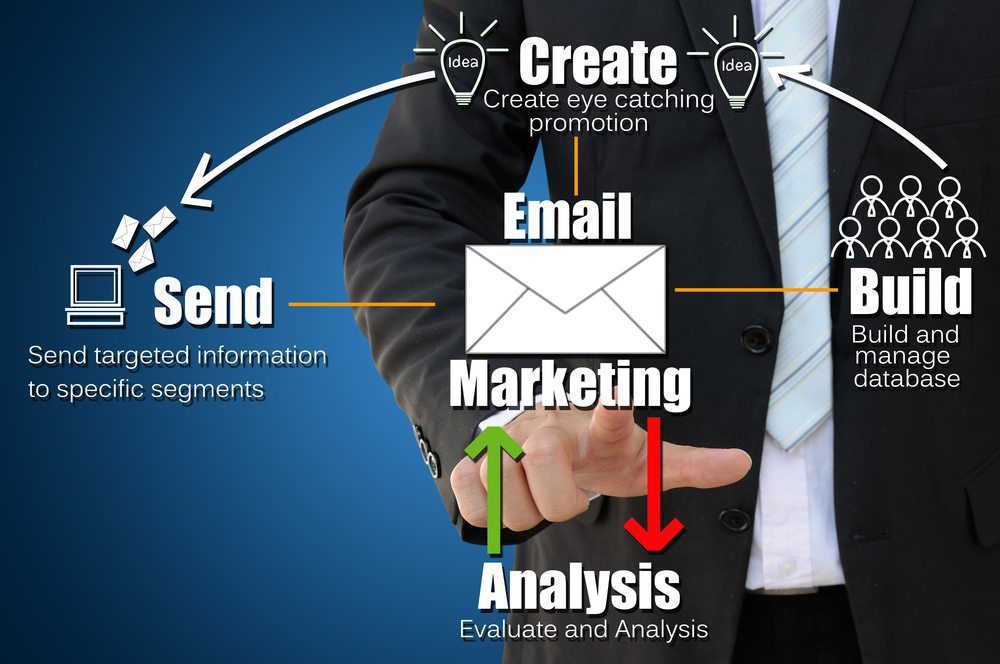Emphasizing quality over quantity in your subscriber database, and creating targeted messages can produce real results.
BY AMY FARLEY
In a world of data-driven marketing, it’s easy to get bogged down with comparative statistics. While it is important to stay aware of your competitors’ marketing efforts and performances, it’s equally critical for you to create a marketing strategy that makes the most sense for your own dealership.
For example, your e-mail marketing program should work in tandem with your other marketing channels to drive sales and service business. To ensure that e-mail is working most efficiently and effectively, dealers and their marketing team should focus on several core activities.
Those activities are:
Create And Maintain A Strong Subscriber Database
Keeping your database of current and prospective customers accurate and growing is crucial to your e-mail marketing success. This means making sure you’re consistently adding new customers and refining your existing list.
When someone buys a vehicle or has it serviced at your dealership, your staff should be gathering the most correct and up-to-date information. If he or she is a brand new customer, start by adding an e-mail address to your subscriber list. If this is a returning customer, that doesn’t mean you’re off the hook; contact information may need to be updated, so ask him or her to verify that the details in your system are correct.
You can also grow your database using online resources. Landing pages on your website can feature forms that encourage customers to give contact and other information in exchange for receiving coupons, the dealership newsletter or more information about your services. Once these new customers sign up, you’ll be able to reach out to them with other messaging.
Building up your list can’t be your only priority. Trimming it is important, too. While that might seem counterintuitive, part of a productive subscriber database is allowing those who simply aren’t interested to unsubscribe. Be sure you’re giving people that option within your e-mails. Culling disinterested customers from your e-mail list supports improved deliverability rates and helps ensure you are sending your marketing messages only to people who are active and engaged.
Cultivate A Strong E-Mail Reputation
Your dealership’s e-mail marketing should be regular and consistent, so that you stay top-of-mind in your market. However, a solid e-mail strategy isn’t about quantity over quality.
Letting disinterested people unsubscribe is wise, but it’s still a good idea to try to keep the numbers of current and prospective customers who unsubscribe low. What’s more, your focus should be on avoiding the worst-case scenario – having someone so disengaged that he or she reports your e-mail as spam.
How is this done? One approach is to strive for quality. If your e-mail messages are informative and useful, with high-quality and highly engaging content, then chances are good readers will actively want to open them. If the messages are boring, bland or repetitive, then your subscribers will be much more likely to delete, ask to be removed from your list or report your message as spam.
The best way to ensure that content is engaging is to make sure you’re giving a customer the right message at the right time. A “thank you for your business” e-mail might be most relevant to a customer who just drove off the lot, while an oil change reminder might benefit that same person a couple of months later. When that customer is farther along in the relationship lifecycle, you can target him or her with a more sales-based message because at that point, information about new vehicles might be most relevant.
Once you’ve mastered quality content, there are other tactics to reduce your unsubscribe rate and avoid spam reports. Segmenting your e-mail list (that is, targeting different groups of customers with different messages) will ensure that your messages are relevant, leading to a higher level of engagement. You can target segments of customers based on the type of vehicle they currently drive and its value, for example, so that you’re not showcasing entry level vehicles to those who already own luxury cars.
You also can choose to segment based on geography. You might advertise eco-friendly vehicles to city dwellers, for instance, and promote bigger, family friendly models to suburbanites.
Another option is to try to limit unsubscribes by allowing customers to choose their own e-mail frequency. Maybe they will opt for weekly e-mails, or perhaps monthly. Often when given the choice between unsubscribing and simply adjusting their preferences to receive fewer e-mails, consumers will choose the latter.
 Personalized Content Makes It Compelling
Personalized Content Makes It Compelling
Staying top-of-mind with your lists means providing relevant content that gives people a reason to open and read your e-mails not just every once in awhile, but every time you send them one. You want to persuade, even compel, people to visit your store.
Keep in mind that research shows recipients are 26 percent more likely to open e-mails with personalized subject lines. Personalizing the message also goes a long way to keep subscribers engaged. If you’re reaching out to your database, you already have certain information, such as the make and model of the customer’s care. Use those details to your advantage.
Exclusivity can keep consumers interested and attentive, as well. Including a special offer just for e-mail subscribers – even if it’s just a coupon for $5 off an oil change – will encourage a subscriber to keep opening your e-mails each time they arrive.
Remember that someone may not take an action the first time you reach out, or even the second or third times. However, if that person is at least opening and reading your e-mails, that’s a good sign that he or she will think of your dealership once the time comes to buy a car or get service.
Track Which Actions Your E-Mails Drive
Ultimately, the goals of your e-mail marketing campaign aren’t merely opens and clicks. You want a subscriber to actually visit your dealership for a test drive or to set up a service appointment. It’s important that your dealership measures the percentage of e-mail recipients who actually go on to take action. This will determine the effectiveness of your campaign and let you adjust your strategy accordingly.
Tracking campaigns also involves looking at specific “touch points” that led a subscriber to visit your dealership. How many e-mail messages did it take before he or she acted? What type of call to action resulted in a click-through to your website? The answers can help you hone your strategy to yield better and better results.
Making the most of your e-mail marketing strategy is possible through careful planning. When you send the right content to the right customer at the right time, your dealership will start seeing results.








